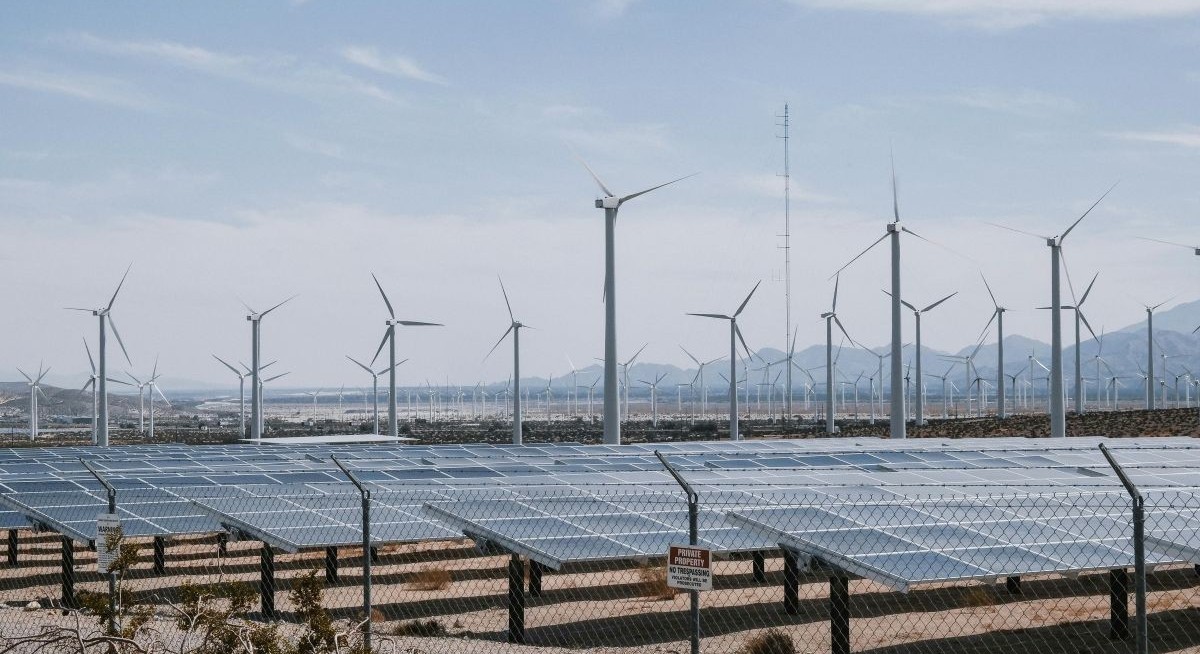Growing risks in Asean
The Asean region faces a confluence of escalating risks that threaten to unravel business continuity. Record temperatures worldwide, as seen in Asia this May, are dramatically increasing the global use of air conditioning. This trend is further amplified by rising incomes, allowing more individuals to purchase and operate these units – leading researchers at the International Energy Agency (IEA) to predict that power demand from home cooling units will increase by 2.8 times by 2050.
Asean’s tropical climate and rapid urbanisation make the region especially susceptible to these risks. Strained grids, which are already under pressure, make them prime targets for power outages that could cripple businesses.
In addition to the heat, there is also the advent of digitalisation. A recent report published by the IEA in April 2025 found that Southeast Asia’s electricity demand from data centres will more than double by 2030. Data centre growth has also increased by 12% annually since 2017, accounting for 1.5% of the world’s energy consumption. This projected surge in demand, coupled with the already rapid growth of data centre electricity consumption, pushes our power infrastructure to its limits, intensifying Asean’s vulnerability to power disruptions.
See also: Powering Asean’s AI ambitions
Although the Asean power grid could unlock 25 gigawatts of renewable power and energy storage and boost regional reliability, fully realising this power grid will be a difficult process that requires extensive cooperation and coordination across countries. The grid’s unrealised capacity forces us to limit the diversification of our energy mix away from natural gas, particularly for energy-hungry economies like Singapore, leaving us collectively exposed and compromising our energy future.
The cost of downtime to businesses
In addition to broad regional challenges, businesses face severe financial losses during downtime, ranging from crippled productivity and damaged infrastructure to disrupted supply chains and, in some cases, compromised data. The impact is particularly acute for sectors like data centres, where even momentary power fluctuations can trigger massive data loss and operational downtime. The recent Heathrow airport power outage in London, for instance, didn’t just affect over 291,000 passengers but also disrupted global airline operations.
See also: Balancing seamless travel with security and ethics in 2025
These events are a stark reminder that our modern energy grids are undergoing transformations that introduce new and evolving business vulnerabilities. Establishing robust continuity plans becomes paramount now, especially for entities that are heavily reliant on a consistent power supply.
While countries like Singapore have increased their participation to improve grid infrastructure through initiatives such as the LTMS-PIP, alongside a global push to double grid investments by 2040, businesses cannot afford to be passive. It is imperative for enterprises to strategically invest in solutions that ensure continuity and protect operations when inevitable disruptions occur.
Safeguarding operations: the role of technology and people
The escalating threat of power disruptions, coupled with increasing demands on modern grids, makes technological safeguards for businesses non-negotiable.
A prominent example of such solutions would be Uninterruptible Power Supplies (UPS), battery-backed power systems that provide immediate backup electricity when main power fails. Unlike generators, which have a startup delay, a UPS is instantaneous and ensures continuous operation. These technologies are indispensable to operations in data centres, financial institutions or any business relying on digital operations, as they ensure operational continuity.
However, a singular reliance on UPS is insufficient. Enterprises must adopt a multi-layered approach to resilience. Other power protection technologies, such as battery energy storage systems, could help provide extended backup power that’s independent of the main grid, while microgrids can facilitate continued operations during a power outage.
Investing in new and emerging battery technologies will also be crucial to enhancing grid resilience. For instance, unlike commonly used lithium-ion batteries, initial research has shown that nickel-zinc batteries are non-flammable, and have significant advantages in power density, operating temperature range, cycle life, and environmental friendliness.
To stay ahead of the latest tech trends, click here for DigitalEdge Section
Even with the best power systems, enterprises should also consider comprehensive strategies for off-site data backup and swift recovery protocols to safeguard against data loss, regardless of the cause. This includes prioritising training and collaboration among employees to ensure that they are familiar with such protocols, and are kept updated on the latest developments to help integrate new technologies into existing infrastructure smoothly. Beyond this, actively contributing to industry partnerships such as the Singapore Tropical Data Centre Testbed (STDCT) will also be key to ensuring power resilience in the long run.
A crucial balancing act
Ultimately, businesses and governments alike face a complex challenge: meeting ever-increasing energy demands, driven partly by global warming and rapid urbanisation, while simultaneously integrating more renewable energy sources. This requires significant investment in not just new generation capacity but in modernising existing power infrastructure — building smart grids and developing sophisticated energy storage solutions that can withstand future outages.
The goal is to create a resilient grid that can accommodate the intermittent nature of renewables without compromising reliability. This demands strategic foresight from public and private sectors alike, putting the onus on businesses to fortify their operations proactively.
The recent blackouts serve as wake-up calls for Asean businesses. As the region transitions to renewables while battling climate-driven energy demand, investing in power backup solutions isn’t just about avoiding downtime but maintaining a competitive advantage in an increasingly unstable energy landscape.
Jimmy Yam is the vice president and general manager for East Asia at Eaton




